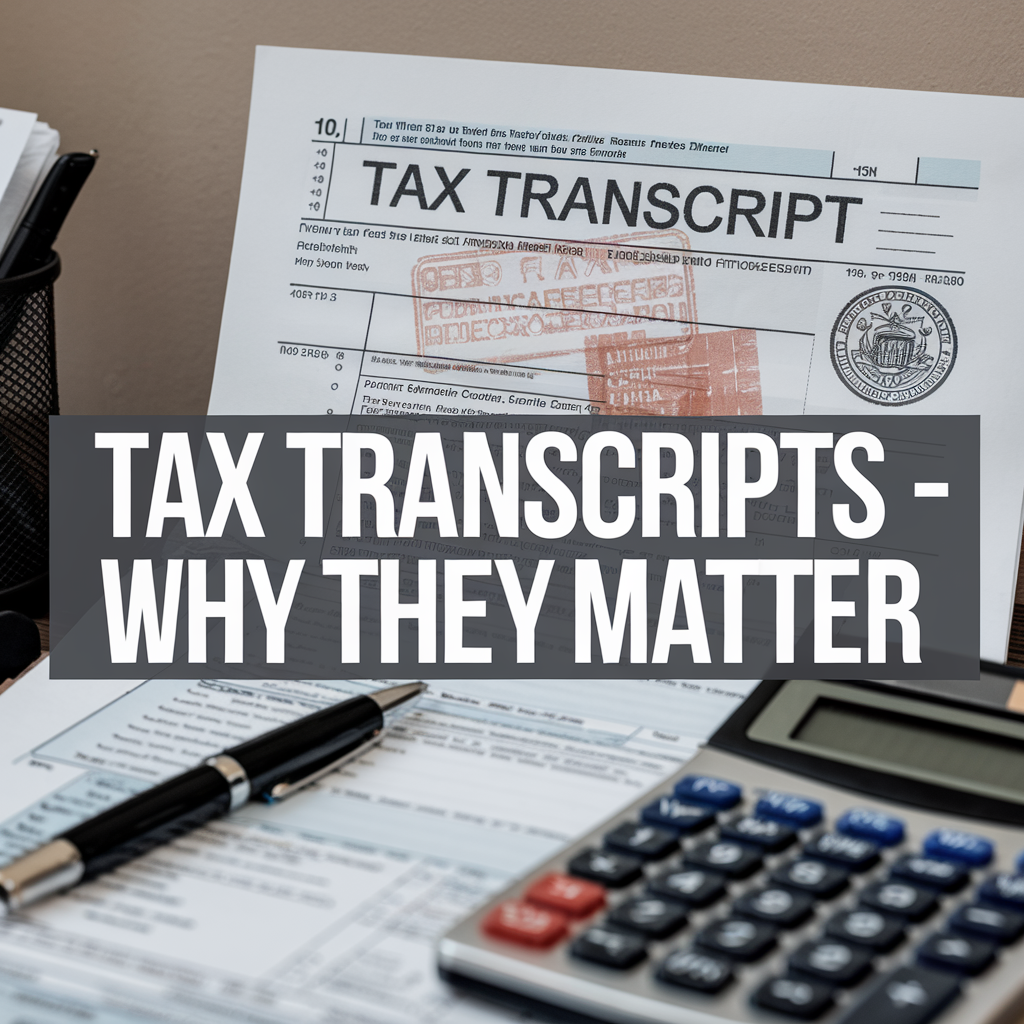How to Qualify for a California FTB Hardship Deferral

Introduction: What If You Can’t Pay Your California Taxes Right Now?
If you're behind on your California taxes and the Franchise Tax Board (FTB) is coming after you with wage garnishments, bank levies, or liens, you may feel completely overwhelmed.
But if paying your tax bill would cause serious financial hardship, there’s hope.
California offers a Hardship Deferral program that temporarily suspends collections if you qualify. While it doesn’t erase your debt, it can buy you time, stop aggressive actions, and protect your income and assets until you’re in a better financial position.
In this guide, we’ll walk you through:
- What a hardship deferral is
- Who qualifies for one
- How to apply
- What to expect if you’re approved
- How to use the deferral period wisely
What Is a Hardship Deferral from the California FTB?
A hardship deferral (sometimes called “financial hardship status”) is a temporary suspension of enforced collections like:
- Wage garnishments
- Bank levies
- Property liens
- Third-party collections
It’s available to taxpayers who demonstrate that paying their tax bill would create a significant financial burden—such as losing housing, falling behind on utilities, or being unable to cover basic living expenses.
Important: This status is temporary. It doesn’t forgive your tax debt, but it pauses collection actions while your situation stabilizes.
Who Qualifies for a Hardship Deferral in California?
The FTB doesn’t publish a formal list of qualifications—but generally, you may qualify if:
- You are unemployed or underemployed
- You’re on Social Security, disability, or public assistance
- You’ve had a recent medical emergency
- You’re dealing with natural disaster recovery
- You can’t afford both tax payments and basic living expenses
- Your only income is from protected sources, like VA or SSI
You must provide proof of hardship, such as:
- Pay stubs or lack of income
- Rent/mortgage statements
- Utility bills
- Medical records
- Bank statements
How to Apply for a Hardship Deferral
Here’s how the process typically works:
1. Contact the FTB
Call the FTB at 800-689-4776 and explain that you’re seeking hardship status. You may also write to the Collections Division.
2. Complete the Financial Disclosure
You’ll need to complete a Collection Information Statement detailing:
- Income and expenses
- Employment status
- Bank account balances
- Asset values (car, home, retirement accounts)
- Monthly bills
The FTB uses this to evaluate whether enforced collection would cause undue hardship.
3. Submit Supporting Documents
These may include:
- Lease/mortgage agreements
- Utility bills
- Medical or unemployment records
- Copies of recent pay stubs or unemployment notices
Incomplete applications are automatically denied, so accuracy matters.
What Happens If You’re Approved?
If you qualify, the FTB will:
- Pause collections (garnishments, levies, etc.)
- Place you in non-collectible status
- Review your financial condition periodically (every 6–12 months)
This is your chance to stabilize your income, gather funds, or work toward a resolution like an installment agreement or Offer in Compromise.
What If You're Denied?
If your hardship deferral request is denied, the FTB may resume or escalate collection efforts. Your options at that point may include:
- Requesting reconsideration with updated documents
- Filing for an installment agreement
- Submitting an Offer in Compromise
- Appealing to the FTB’s Taxpayer Rights Advocate
- Working with a CPA to negotiate directly on your behalf
Can a Hardship Deferral Lead to Other Relief?
Yes—and in many cases, it should. A hardship deferral is often a stepping stone to more permanent solutions like:
Installment Agreements
Once your income improves, you may qualify for a low monthly payment plan to pay off the balance over time.
Offer in Compromise
If your hardship is long-term or permanent, you may qualify to settle the debt for less than the full amount owed.
Penalty Abatement
You can request removal of penalties that were incurred during the time you were in hardship, especially if you were truly unable to pay.
Case Study: Real-Life FTB Hardship Relief
Ana, a single mom in Orange County, lost her job during a medical leave and owed $12,500 to the FTB. The state issued a wage garnishment, making it impossible for her to pay rent.
She reached out to Boulanger CPA:
- We helped her submit a hardship deferral request with medical records and a detailed financial statement
- The garnishment was lifted within two weeks
- She was placed in non-collectible status for 12 months
- Later, we negotiated a $1,200 Offer in Compromise to settle her balance permanently
Why Work With a CPA for Hardship Relief?
Getting hardship status isn’t always straightforward. Many taxpayers are denied simply because:
- Their paperwork was incomplete
- Their income was misrepresented
- They failed to follow up properly
At Boulanger CPA and Consulting PC, we can:
- Evaluate whether you qualify
- Help you complete the right documents
- Submit your case to the FTB
- Communicate directly with agents to ensure fast resolution
- Help you transition from hardship to a long-term tax solution
Don’t Let the FTB Take What You Need to Survive
FTB collection actions can be devastating if you’re already in financial distress. A hardship deferral gives you breathing room and the chance to fix your tax situation without losing your paycheck, bank account, or peace of mind.
Let’s Get You Protected — Contact Us Today
Boulanger CPA and Consulting PC helps California taxpayers navigate hardship relief, settlement offers, and IRS/FTB negotiations.
Virtual meetings available. In-person by appointment at our Orange County office.
Contact Us
Website:
www.orangecounty.cpa
Phone: 657-218-5700
Email:
marc@boulangercpa.com
Frequently Asked Questions
What is an FTB hardship deferral?
An FTB hardship deferral is a temporary pause on California Franchise Tax Board collection actions (like wage garnishments and levies) for taxpayers who can prove they are experiencing financial hardship.
How do I apply for a hardship deferral with the California FTB?
You must contact the FTB Collections Division, provide a full financial disclosure, and submit documents that support your claim of financial hardship—such as pay stubs, bills, or medical records.
Does a hardship deferral eliminate my California tax debt?
No. A hardship deferral only suspends collection actions. Your tax debt still exists and may accrue interest. However, it gives you time to stabilize and work toward a longer-term resolution.
How long does FTB hardship status last?
Typically 6 to 12 months. The FTB may review your financial situation periodically and may extend or revoke the deferral depending on your circumstances.
What happens if my hardship request is denied?
If the FTB denies your hardship request, collections may resume. You may still pursue other options like an installment agreement, penalty abatement, or Offer in Compromise with professional help.
Can I eventually settle my tax debt after a hardship deferral?
Yes. Once your hardship status ends, you may qualify for an FTB Offer in Compromise or payment plan. A CPA can help assess the best long-term solution based on your financial outlook.














